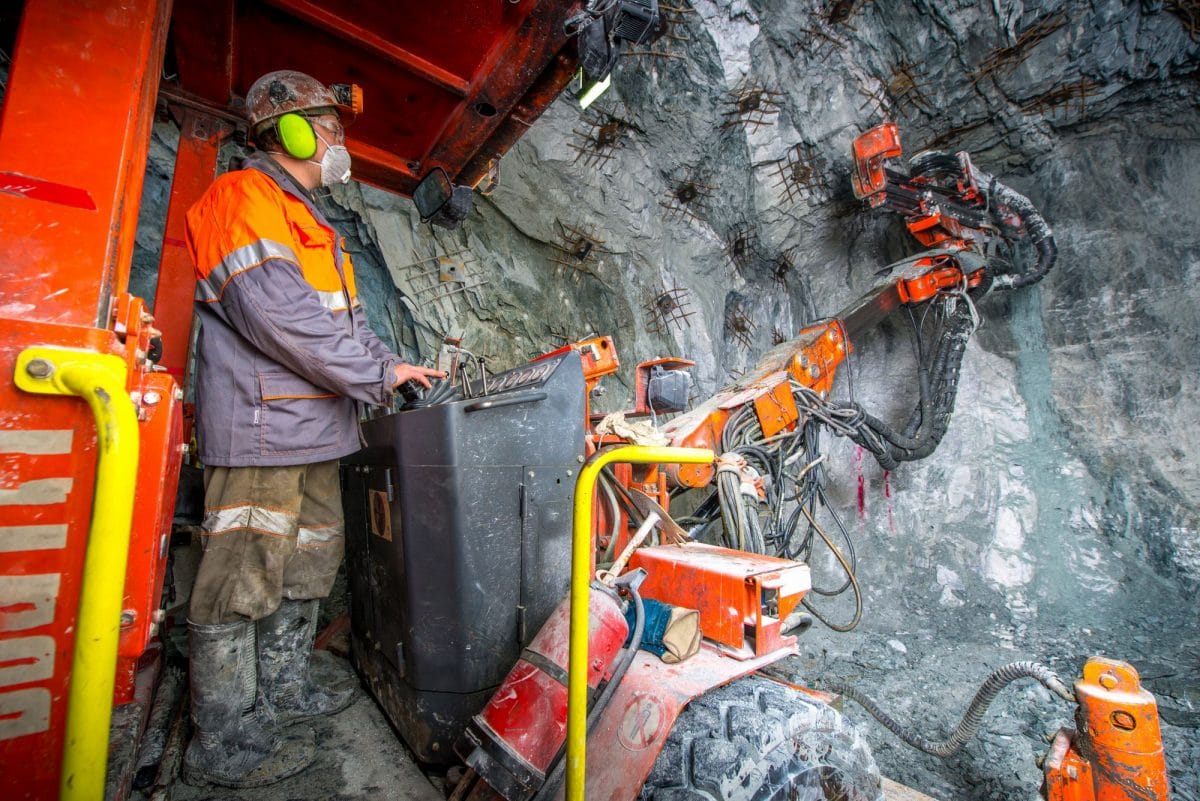The reality is that large quantities of asbestos-containing materials or ACMS were used in the South Africa in the construction of buildings until as recently as 1999, when the then Labour government banned the use of these materials across the country. Indeed, some figures reveal that nearly quarters (25%) of South African residential properties and office buildings have some form of asbestos. Other stats suggest around half of all SA homes harbour this potentially lethal substance.
It’s been widely used in the past given its insulating and fire protection qualities, as well as its properties as a strong, cheap building material and resistance to chemicals, water and electricity.
While these materials remain safe if left well alone, once they are disturbed or damaged, the fibres released pose a significant risk to human health. As well as being linked to serious lung diseases such as asbestosis, the substance can lead to two cancer types – mesothelioma (a rare but aggressive illness affecting the lining of the lung) and the nearly always fatal asbestos-related lung cancer.
What’s more, a burst pipe which damages a ceiling or building work could easily disperse asbestos fibres. And most insurance policies won’t pay out just because this material is identified – they will only cover asbestos removal as part of a claim for damage.






